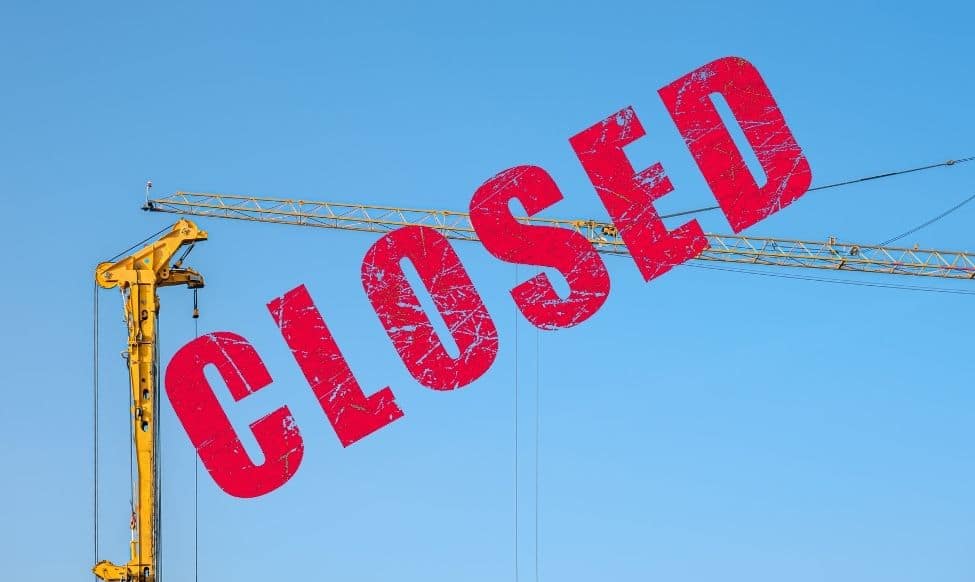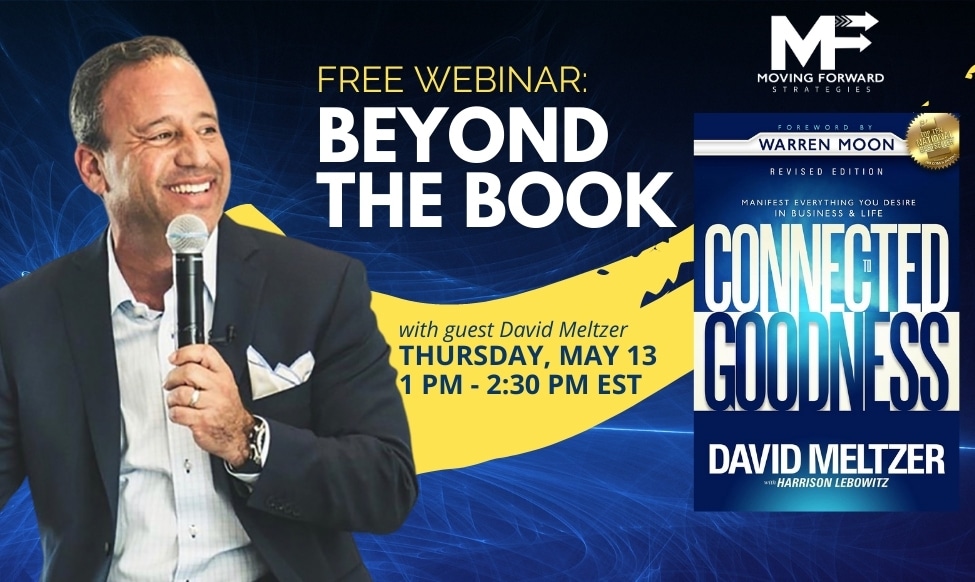Have you ever had a conversation with someone, and while they’re talking you say, “I see,” “Hmm,” or even “Interesting”… but when they’re finished, you ignore everything they said and go in with your pre-planned response? That’s called passive listening. The fact is, most people aren’t listening to understand – just to respond. You may think you’re showing that you’re engaged, but you won’t fool anyone for long. That’s where active listening comes in.
In negotiations, active listening can be used as a powerful tool to gather information. This requires an active mind, a degree of empathy, and listening with a goal in mind. Active listening is not simply nodding your head while your counterpart talks or just making great eye contact. Rather, it involves asking questions and providing feedback. If you can master active listening, you’ll be able to steer a negotiation to your advantage…if you would just actively listen!
Let’s break it down into three easy steps, then we’ll put it into practice:
Paraphrasing aka Mirroring
No, this isn’t the same type of mirroring where if someone scratches their head, you lift your hand up to do the same. This type of mirroring involves paraphrasing and repeating some of the words your adversary just said. Say the words as a question to keep the person talking. This makes the person feel like you’re truly listening to them and creates a connection.
Inquiry aka Asking Questions
Asking questions that start with “what” and “why” is a great way to make the person you’re negotiating with feel in control despite the fact that you’re the one who asked a calibrated question. Calibrated questions starting with words like “how” will make your counterpart stop and think about the question you just asked. This will help you gain insight into what they’re thinking and how you can entice them with an offer they can’t refuse.
Acknowledgment aka Tactical Empathy aka Labeling
Empathy involves the ability to understand and point out (but not necessarily agree with) the feelings that the person you’re negotiating with is feeling. When you acknowledge that person’s point of view, you can help win their trust. Additionally, by using emotion labels like “You seem angry” and “It sounds like you’re upset,” you can verbally observe and point out feelings that can help you gather even more information when your counterpart confirms or denies your emotion label.
Let’s talk about a real-life example. Suppose you’re a roofer and you have a client with a commercial property in the suburbs that refers you to repair/replace a business associate’s roof in the city. After some confusion finding the access door, you inspect the city roof and let the prospective client know your recommendation to replace the entire roof, as well as the proposed price.
Later, the prospective client calls you with some concerns, saying, “The fact that you didn’t initially know how to find the way onto the roof yesterday does not give us comfort that you know how to service roofs in this area. The reviews on your website look great, and our business partners loved the service your provided for them, but we’re not sure that redoing the entire roof is the way we want to go. We appreciate your recommendation, but if you won’t consider just doing roof patches, then we are prepared to find someone who will.”
Here’s how you as the roofer might respond using passive listening:
“We do service city roofs. The complex that you own just gave us a little bit of trouble, but no worries since we were able to access the roof eventually. And in terms of the patches, we highly recommend redoing the whole roof at once since we’re up there already. Patches will not last as long as redoing the whole roof.”
Here’s how you as the roofer might respond using active listening:
Paraphrase: “It sounds like your business associates were satisfied with the service we provided them a few months ago. But if I understand correctly, you need me to assure you that we are experienced at working on city roofs? You’re also concerned about our recommendation to replace the whole roof versus doing patches? Have I captured your main points?”
Inquire: “You mentioned that you don’t know if you want to redo the whole roof? Help me understand how to you came this conclusion. Let’s talk about the cost efficiency of replacing the whole roof at once to last longer as opposed to doing patches that would be less efficient.”
Acknowledge: “It seems like you’re upset that we had difficulty finding our way up to the roof yesterday and you think that this reflects a lack of experience in the city. While we primarily fix suburban area roofs, we can assure you that we’re well qualified to fix city roofs and do it all the time.”
The roofer’s response using passive listening would most likely not have resulted in the roofer nailing the job. They failed to address the concerns of the clients and responded with a standard answer.
On the other hand, the response using active listening would have divulged key information. By using the three-step approach of paraphrasing, inquiring, and acknowledging, the roofer could have found out, for example, that the potential client wanted to do patches instead of the whole roof because the client was not expecting to do business in the building long-term and wanted only a temporary solution. With this information, the roofer could have tailored their recommendation differently and gained a new client.
Using mirroring, calibrated questions, tactical empathy, and labeling, you too can gather information to guide a negotiation. Using active listening to understand the goals of your counterpart could be the difference between a recipe for control of the situation and a recipe for disaster. So, the next time you find yourself listening to a person and coming up with your own rebuttals right away, try slowing down, making a few observations, and asking a few questions. You might find yourself with the understanding of your counterpart that you need to succeed in that negotiation. For more information on active listening, check out the Harvard Program on Negotiation article, “Negotiation Skills for Win-Win Negotiations” here and read up on passive vs. active listening in the Social Engineer blog here.








